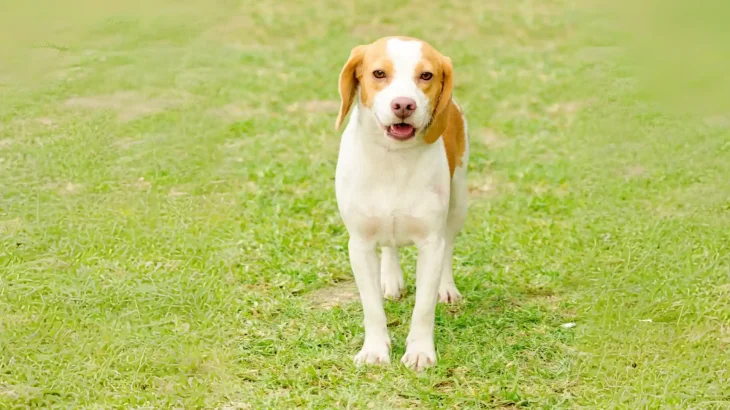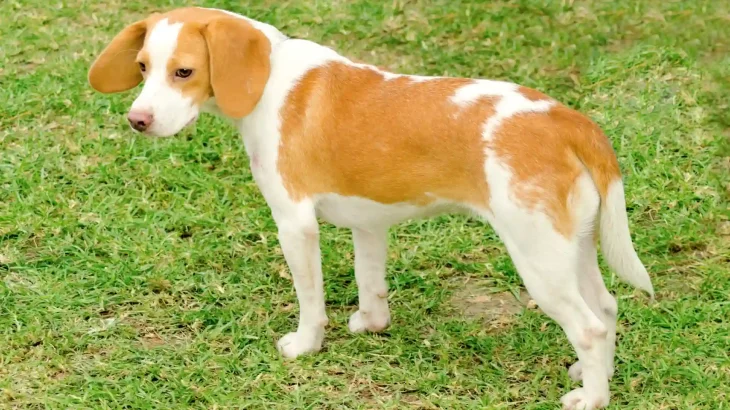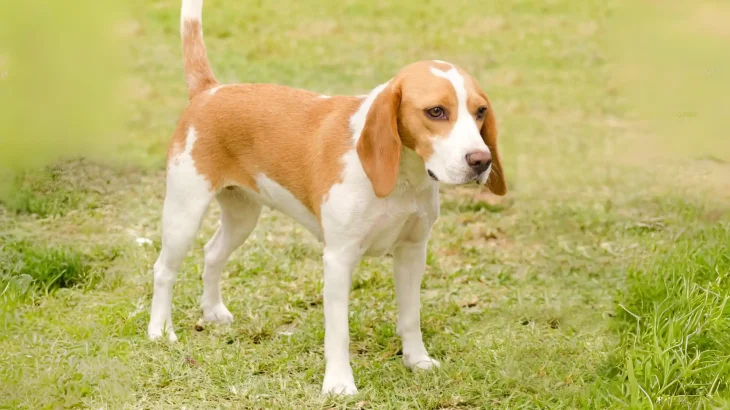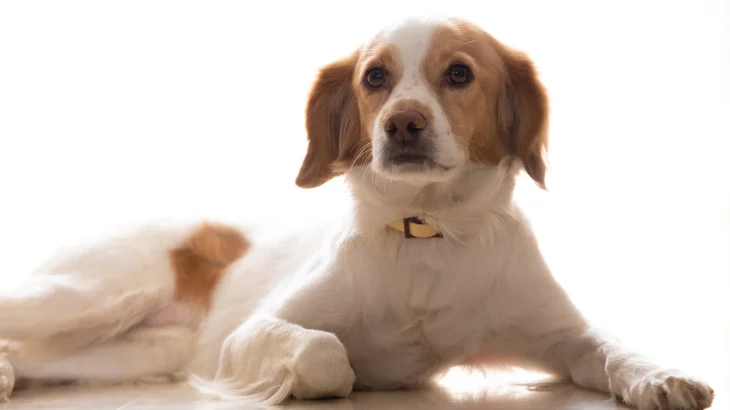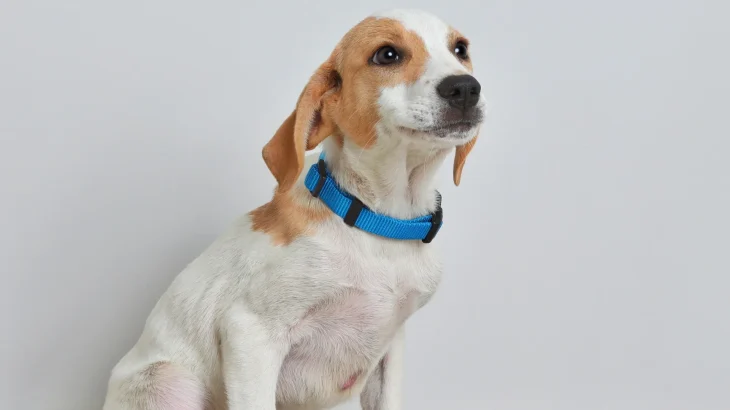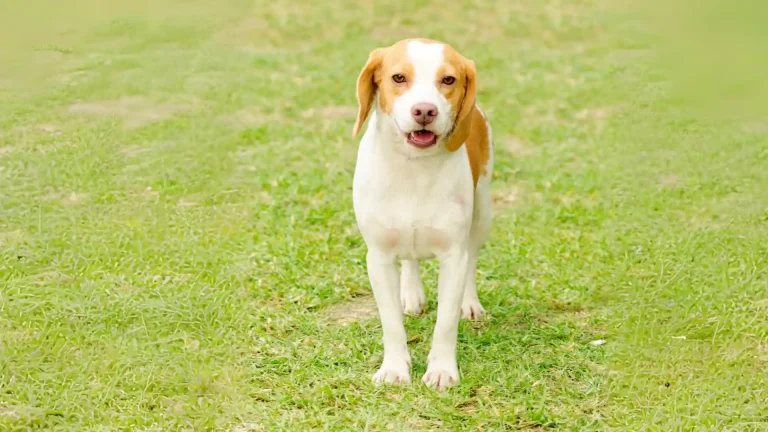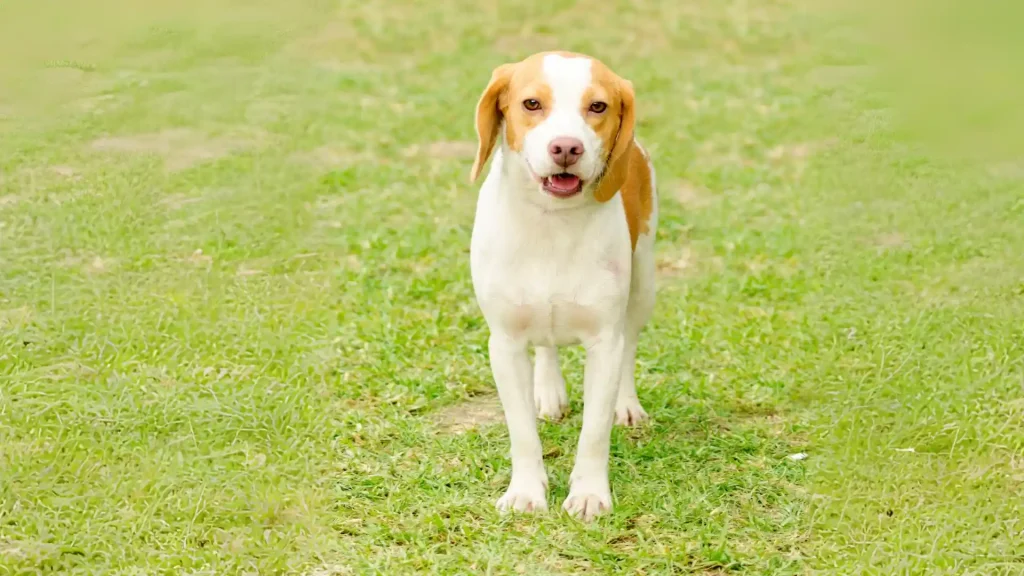When deciding how to bring an Istrian Shorthaired Hound puppy into your home, the choice often comes down to adopting or purchasing from a breeder. Each option has its unique benefits and considerations, especially concerning health transparency and breed authenticity. Whether you prioritize direct lineage details or offering a pup a second chance will guide your decision.
| Criteria | Buying from Breeder | Adopting from Shelter/Rescue |
|---|---|---|
| Cost | Higher cost reflecting purebred status and breeder expenses. | Generally lower fees, making adoption more budget-friendly. |
| Health History | Comprehensive health and genetic history provided. | Health background may be limited or unknown; basic health screening typical. |
| Age Availability | Primarily puppies, allowing early life bonding and training. | Wide age range, including adults; ideal if open to mature dogs. |
| Temperament Insight | Breeders often share lineage temperament traits. | Staff or foster homes can provide behavioral observations. |
| Supporting Practices | Supports preservation of breed through ethical breeding programs. | Supports animal welfare and reduces shelter population. |
| Breed Purity & Pedigree | Clear documentation ensuring purebred status and lineage. | Breed purity may be unknown or mixed; rescue dogs may lack pedigree papers. |

